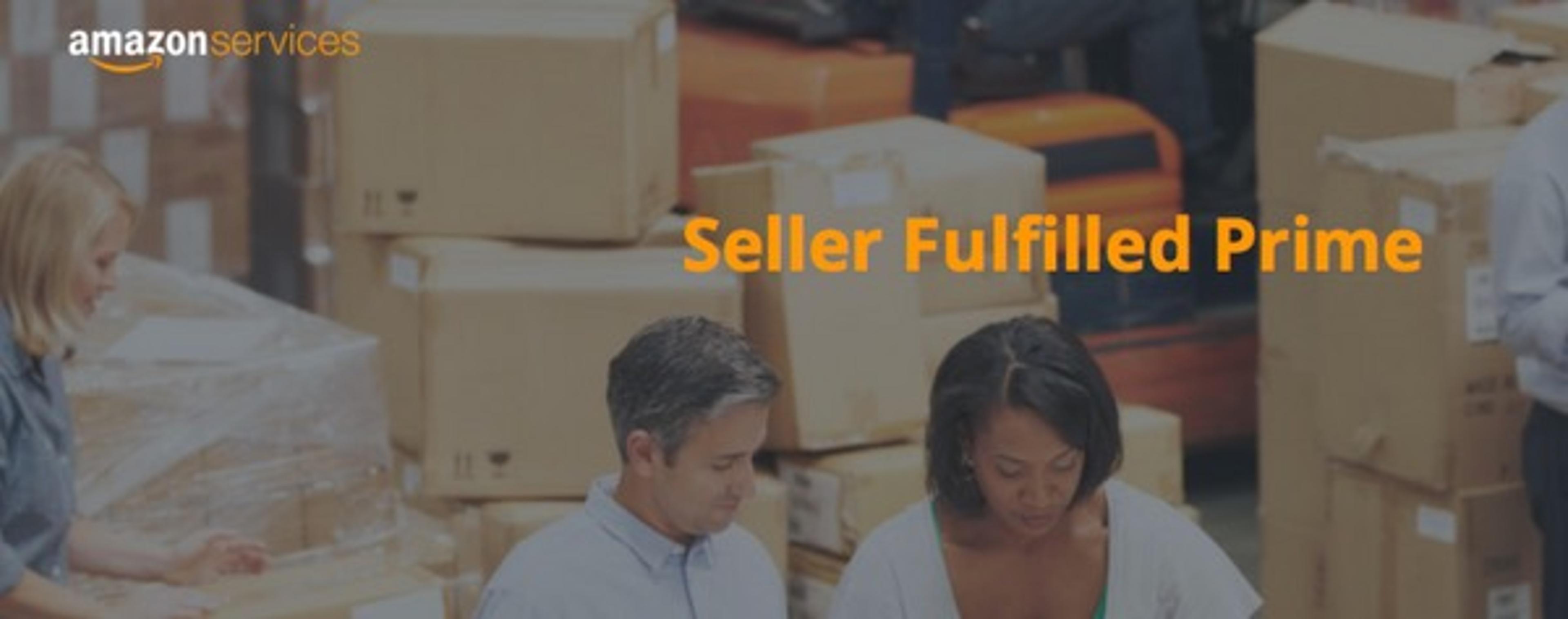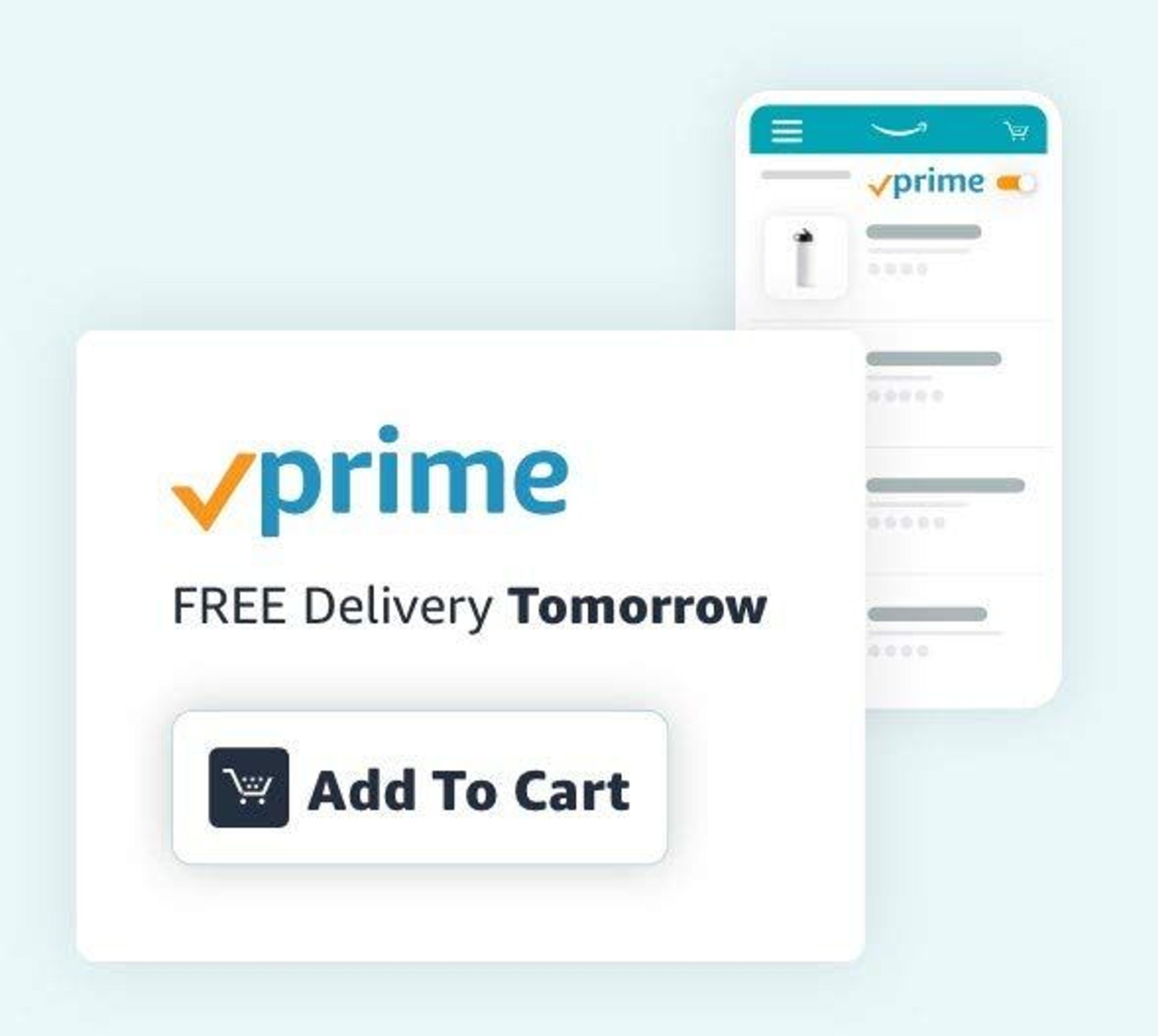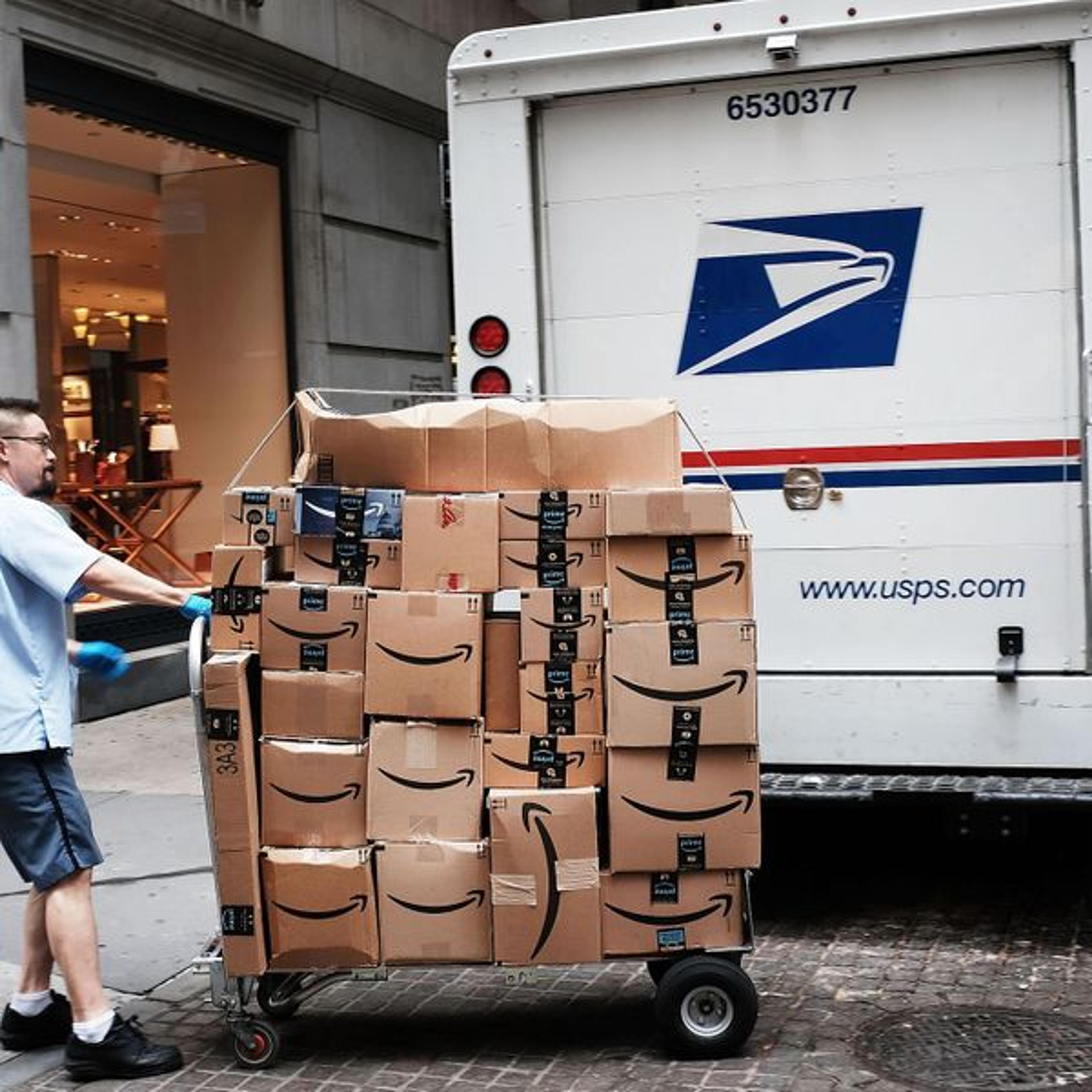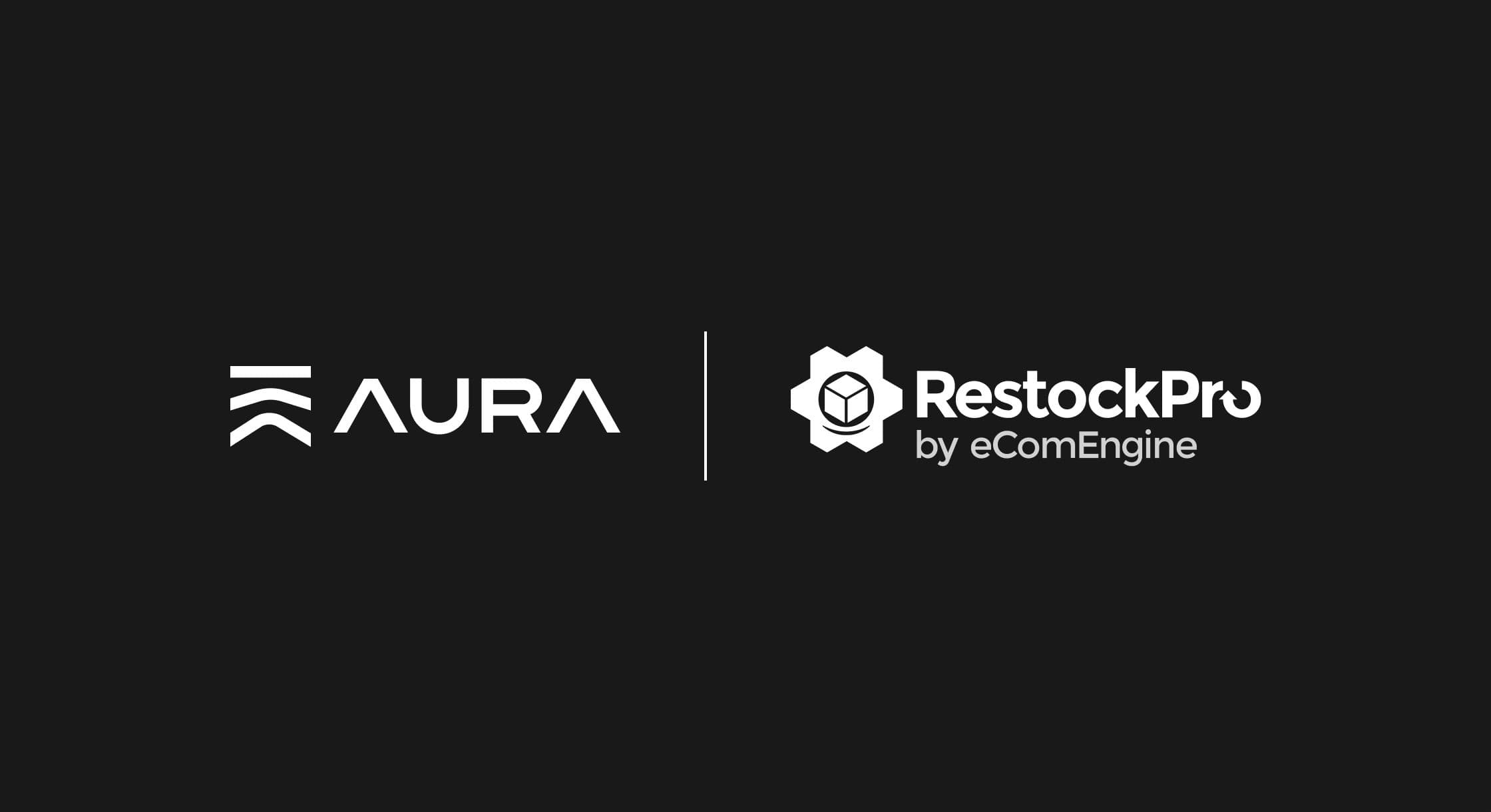/Amazon SFP: 7 Advantages to Using Seller Fulfilled Prime

Amazon SFP: 7 Advantages to Using Seller Fulfilled Prime
When selling on Amazon, you have likely heard of the two major fulfillment methods through which customers can receive their products. These methods include Fulfillment by Amazon (FBA) and Amazon's Merchant Fulfilled Network (MFN).
Selling via FBA allows your products to be eligible for one-day Prime shipping, while MFN grants you the freedom of fulfilling your own orders without outsourcing.
The third method, Amazon Seller Fulfilled Prime (or SFP), combines the advantages of FBA and MFN, allowing you to fulfill your own orders while proudly displaying the coveted blue Amazon Prime badge on your listings.
While there are criteria for being eligible to sell as SFP, there also comes many advantages to offering Prime shipping while maintaining control of the fulfillment process.
In this article, we'll take a look at the 7 winning advantages to selling as a Seller Fulfilled Prime, as well as discuss what exactly is required on the seller's end to do so.

What is Amazon Seller Fulfilled Prime?
Amazon Seller Fulfilled Prime is a program allowing Amazon sellers to fulfill their own orders via their own warehouse while offering the coveted Prime shipping (and badge next to their offer).
Having been introduced in 2015 as a way to free up Amazon's warehouse capacity, Amazon's SFP program has grown in popularity alongside its Prime membership program.
Similar to FBA, Amazon Seller Fulfilled Prime sellers are among the most competitive for the Amazon Buy Box, due to the available shipping times.
According to Amazon's own site, "Seller Fulfilled Prime is the Prime program that allows you to deliver directly to domestic Prime customers from your own warehouse."
"By displaying the Prime badge, you are committing to fulfill orders with Two-Day Delivery... Amazon gives you access to the right transportation solutions to help you meet the high bar for the Prime customer experience."

Who Can Sell under the Seller Fulfilled Prime Badge?
As of August 2021, Amazon sellers who wish to sell as Seller Fulfilled Prime will need to join the waitlist, as Amazon is not currently accepting new applications at this time.
In addition, anyone wanting to join Amazon's SFP program will need to already have a Professional Seller Account.
However, when Amazon does open registration for SFP, there are criteria and guidelines in place to ensure sellers are qualified to deliver on SFP's promises to Prime members.
SFP Trial Period
Prior to enrollment into Seller Fulfilled Prime, prospective sellers must first complete a trial period. This trial is required to show that you as the seller are capable of delivering on both Prime fulfillment standards as well as customer satisfaction.
While the trial length will vary, it is expected that the period will last between five and 90 days. At this time, you will be required to meet or exceed the fulfillment requirements on at least 50 Prime trial orders.
Failure to meet the requirements on these 50 Prime orders within 90 days will result in the trial resetting. If the trial needs to be reset, you will be eligible to re-attempt the trial period.
To successfully complete the trial period, sellers must meet the following performance requirements:
- An On-Time Shipment Rate of at least 99% for Prime trial orders. Regardless of the shipping speed selected by the customer, Prime trial orders must be shipped on the same day the order is received, as long as the customer places the order before the seller’s cutoff time.
- Use of Buy Shipping Services for at least 98% Prime trial orders.
- A cancellation rate of no more than 0.5% for Prime trial orders.
According to Amazon, "the Prime badge will not be displayed on items enrolled in Seller Fulfilled Prime during the trial period, however, you must process the orders with a zero-day handling time.
Once you successfully complete the trial period, you will automatically be enrolled in Seller Fulfilled Prime and your enrolled ASINs will display the Prime badge to customers."
SFP Eligibility Requirements and Qualifications
In order to qualify for the Seller Fulfilled Prime program, you must simultaneously meet the requirements for Amazon's Premium Shipping Program.
Calculated based on trailing 30-day metrics, sellers must meet the following performance requirements to remain eligible for Seller Fulfilled Prime:
- On-time shipment rate of at least 99%
- Use of Buy Shipping for at least 99% of orders
- A cancellation rate of less than 0.5%
- An on-time delivery rate of at least 97% on Prime orders when premium shipping is purchased outside of Buy Shipping Services
- Nationwide delivery coverage for all standard-size products on Prime-enabled shipping templates.
- Weekend operation six days a week, including either Saturday or Sunday operation.
- Weekend delivery for standard-size Prime products six days a week, including either Saturday or Sunday delivery.
- Delivery speed targets for One-Day and Two-Day delivery promises.
How it Stacks Up: SFP vs. FBA vs. MFN
Here is a breakdown of each fulfillment method's key characteristics, and how Seller Fulfilled Prime compares to FBA and MFN. While each fulfillment method will transport a product from merchant to the customer, the steps in between and who is responsible for what are different.
Seller Fulfilled Prime offers many of the benefits of both MFN and FBA while placing more control on the seller's end.
Fulfillment by Amazon (FBA)
When selling as FBA, sellers are primarily responsible for procuring and preparing their inventory to be shipped to Amazon.
Once their inventory is received by Amazon, the storing and fulfillment process is taken over. Sellers will be subjected to higher and additional fees as a result.
Additionally, a major benefit to selling as FBA is the ability to offer Prime shipping on your products, all handled by Amazon. With increased shipping times, FBA offers are more competitive for the Amazon Buy Box, a major booster for sales.
In turn, sellers are able to focus more of their capacity on sourcing and grow their business faster, with fulfillment and premium shipping taken off of their plate.
Merchant Fulfilled Network (MFN)
When fulfilling your own orders, without the help of Amazon, sellers are given much greater control over their business. This often results in a more streamlined and efficient manner of fulfilling orders, as sellers are not subjected to Amazon's FBA requirements and fees.
When selling as an MFN seller, Amazon is much more hands-off, only being involved as the platform to sell through. As a result, MFN sellers will be responsible for the entire fulfillment process, from procurement to packaging, preparation, and shipping.
Depending on the shipping methods available and offered by the seller, MFN offers are generally less competitive for the Amazon Buy Box.
This, however, is where Seller Fulfilled Prime can provide the most value, as only the fastest shipping offered by MFN is standard.
Seller Fulfilled Prime (SFP)
Amazon's Seller Fulfilled Prime program can be thought of as a 'Frankenstein' of both MFN and FBA. While the process of fulfillment is most similar to MFN, Seller Fulfilled Prime awards merchant fulfilled sellers with high-performing metrics the ability to ship and sell as Amazon Prime offers.
SFP sellers are still responsible for handling the fulfillment process, from warehouse to last-mile delivery.
With the added benefit of displaying the Amazon Prime badge shipping option comes the requirement of fulfilling orders with speed and consistency, as outlined in the metrics above.
What Are The Advantages of Selling As SFP?
Advantage 1: Better Access to Amazon Prime Members
This is arguably the biggest and most beneficial advantage to selling as Amazon SFP. When offering Prime shipping, either by means of FBA or SFP, your listing offer will include the coveted blue Prime badge.
This Prime badge alone will make your offer more appealing, particularly to Amazon's ever-growing sea of Prime members.
In fact, according to Amazon, "seller fulfilled SFP listings that became Prime-eligible for the first time experienced an average sales uplift of more than 50%."
Advantage 2: Increased Competitiveness for the Amazon Buy Box
Second, only to pricing, Amazon takes shipping times and Prime status seriously when deciding who will win the Buy Box. By offering Prime shipping on your products, you are simultaneously making your offer more attractive to shoppers... and Amazon.
With pricing (and all else) held equal, the Amazon Buy Box will tend to favor the offer with the quickest shipping times. With 83% of sales routed through the Buy Box, offering fast Prime shipping can mean significantly higher sales and revenue.

Advantage 3: Greater Control Over Inventory and Warehousing
By maintaining full control over your inventory and warehousing, you are able to streamline your business with greater ease. In addition, once inventory reaches Amazon, a veil of darkness is placed onto it until confirmation is received that it has reached the customer.
A complexity added by selling as FBA is the added pitstops for your inventory, specifically to Amazon's warehouses before it can be sold and shipped to customers. This additional stop adds lead-time and uncertainty to the status of your products and can complicate properly timing re-orders or replenishments. Maintaining control of your inventory with SFP means you decrease the risk of prematurely running out of stock, or mistiming an important replenishment.
Advantage 4: No FBA Fulfillment or Storage Fees
When selling as FBA, one of the biggest shortcomings is the significant increase in fees. Amazon will charge both a referral fee and a fulfillment fee when handling an FBA order. In addition, Amazon will charge storage fees for your inventory, depending on the volume and duration of your inventory's time in their warehouses.
Although you will ultimately be responsible for the costs associated with shipping and storage, you will maintain greater control over your expenses. FBA fees are known to increase annually, as well as in the busier holiday shopping seasons. At scale, Amazon's fee structures may make certain products less or even unprofitable.
Advantage 5: Greater Control Over Returned Inventory
Despite the benefits of outsourcing fulfillment to Amazon with FBA, this has also shown to be a common point of failure for many sellers. A friction point for sellers using FBA is the possibility of human error on Amazon's end, which often results in a return or refund being initiated by the customer.
Damaged inventory, lost goods, and delays while in the FBA process are treated as the seller's fault, and their account may face consequences as a result. By maintaining control of the fulfillment process, you are eliminating Amazon as a potential point of failure between you and your customers.
Advantage 6: Increased Profits on High-Fee Products
As mentioned, Amazon FBA fees can take a healthy chunk away from your overall margin. This is especially the case with certain items that incur higher fees, such as heavier or bulkier products.
Amazon increased its fee structure as of June 1, 2021, with core FBA fees increasing across the board. You may find a breakdown of the increase here, as compared to the fee schedule from before June 1st. With higher fees on oversized and dangerous goods, FBA fees may make these products ultimately unprofitable and not worth selling. Selling as MFN/SFP may negate these fees, and allow for a greater variety of products to be sold.
Advantage 7: Ability to Sell Products Ineligible for FBA
Not every item for sale on Amazon is eligible to be fulfilled by Amazon, as they will refuse to accept certain types of products for FBA. Selling as SFP will lift these restrictions, and you will be able to sell any product allowed for Merchant Fulfilled offers.
In addition to types of products that are outright restricted, FBA sellers must also adhere to guidelines involving items with expiration dates and meltable inventory, only accepted between certain dates.
Are There Any Drawbacks to Selling As SFP?
Consistently Meeting Amazon's Performance Standards
With great power comes great responsibility, and selling as Amazon SFP is no exception. Amazon maintains high levels of standards for all SFP sellers to abide by and expects all SFP sellers to meet or exceed these consistently. Seller Fulfilled Prime carries a required 97% on-time delivery rate, as well as a 0.5% or less cancellation rate.
If you are unable to meet Amazon's SFP selling requirements, Amazon may suspend your ability to sell as Prime, costing you many of the benefits above.
You Incur the Cost of Shipping and Storage
As included in the name, SFP sellers must fulfill all orders themselves, without the help of Amazon FBA. While FBA orders have their costs of shipping and fulfillment included in fees, SFP shipping costs will need to be covered separately, by the seller. Effectively, you will be solely responsible for warehousing and fulfillment, and all associated costs.
In addition, especially at scale, a significant amount of manual labor is involved, as well as time. A small team of humans can only process so many orders without needing to either outsource to a third-party logistics company or hiring internal employees.
You Must Handle All Returns
Handling returns can be considered both a pro and a con, but we included it here as both. While SFP does allow you greater control over handling returned inventory, you as the merchant still need to, well, handle it. This will mean managing inventory levels while accounting for returns, as well as dedicating space to returned inventory, as it won't go to Amazon's warehouses.

Conclusion
Depending on your business's exact model, goals, and resources, Amazon's Seller Fulfilled Prime program can make a lot of sense. High-performing Merchant Fulfilled sellers can take great advantage of Amazon's SFP program, provided they are willing (and able) to step up to the plate.
Deciding which fulfillment method is best for your business will depend on a range of variables. Your business's goals, current products, physical and time capacities, as well as current fee structures, will all come into play.
Seller Fulfilled Prime reaps lots of benefits, and can be considered the happy medium between the popular FBA and MFN fulfillment methods, but will come at the cost of commitment, time, and capacity.


